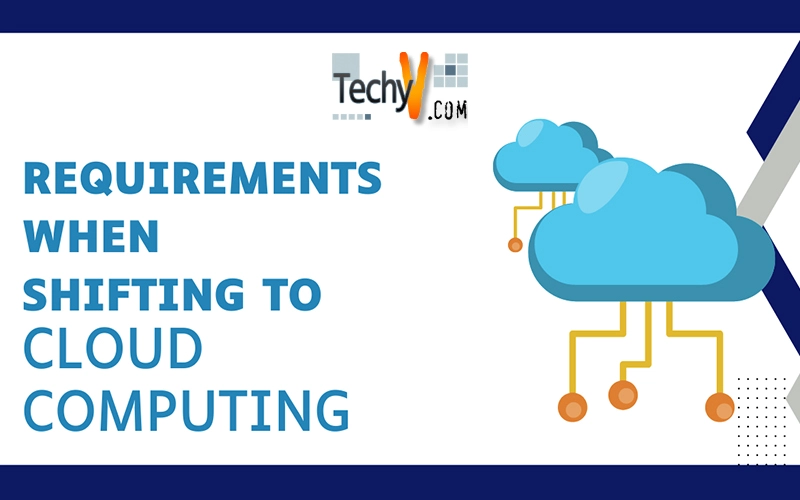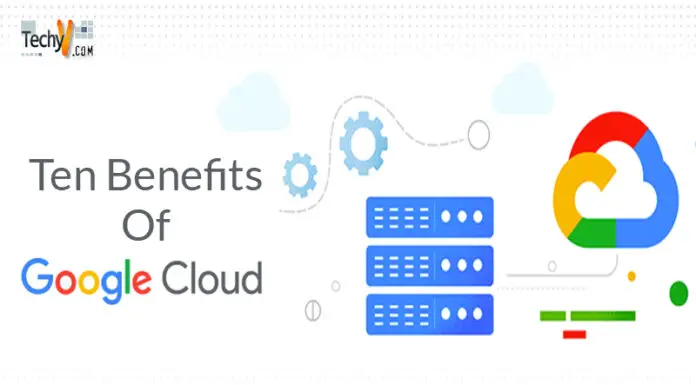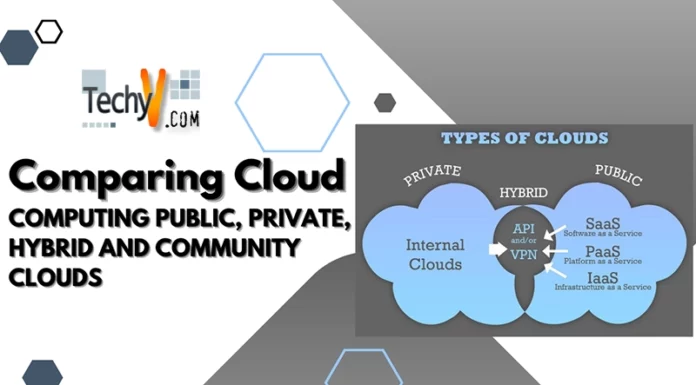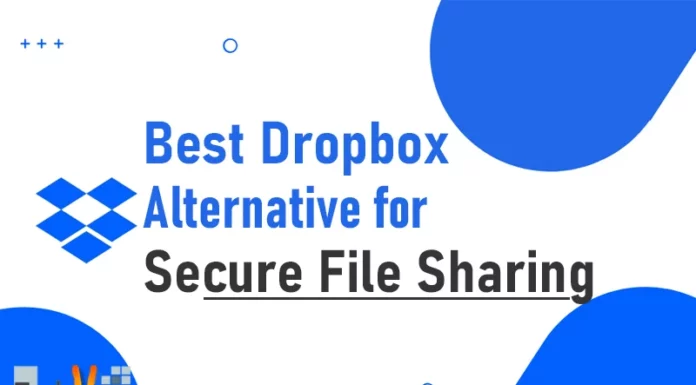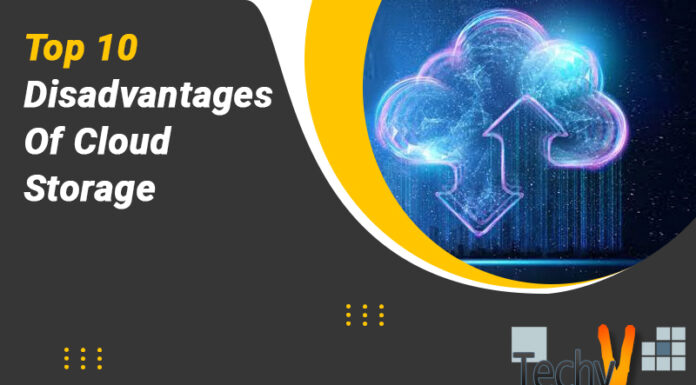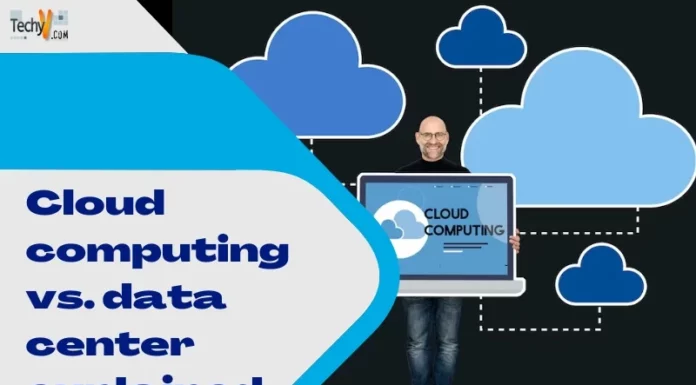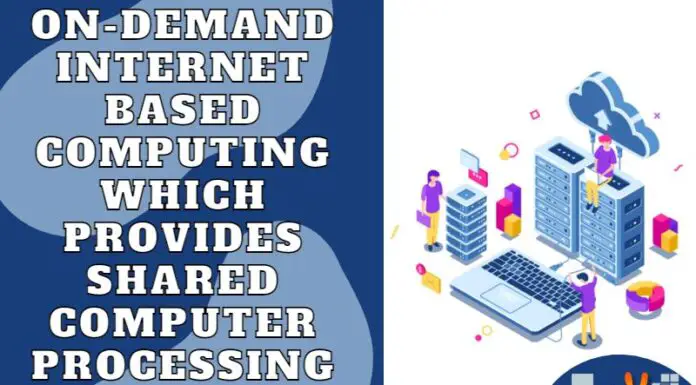What is Cloud Computing?
As technological advances in the information technology occur, it is very essential that people become updated about them so that they can be better placed to decide the types of services that are good for their personal or organizational use.
The technology has to be able to provide effective and economic viable solutions to help the organization to better provide its services and achieve the organizational goals and objectives.
One of the major technologies gaining renowned acknowledgement and appreciation is cloud computing. The question in most peoples’ minds is ‘What is cloud computing?’ well here it is; Cloud computing is a term that is generally used to define deliverable hosted services that are available over the World Wide Web (Internet). The cloud computing concept is built on a virtual concept that resources, devices and information is placed in a virtual poll from which it can be accessed by internet users who request for these services and devices. Major companies (Amazon.com, google.com, salesforce.com, Microsoft, yahoo and Zoho) have shared information and services so that these services can be accessed by individual anywhere in the world provided they have an internet connection. Why the name cloud computing? The term cloud computing was derived from the cloud symbol that is often used in the flowcharts and diagrams to represent the internet.

The services that are included in clouding computing are PaaS, SaaS and IaaS. These services have helped in making cloud computing one of the world’s major computing concepts. The services are as follows:
Platform as a Service (PaaS)
Platform-as-a-service in the cloud computing concept (model) is just a word for a set of software products and application development tools hosted by the providers of these products. Developers are then charged with developing application on the platforms of these providers over the internet. Examples of Paas are Force.com and GoogleApps.
Software as a Service (SaaS)
In the cloud computing model, software as a service is when the vendor of product or services provides the infrastructure in terms of hardware, the software product and provides a way to communicate with the user through a front-end portal. The provider hosts the services and the required data and because of these the user is free to access and use these services from anywhere in the world.
Infrastructure as a Service (IaaS)
Infrastructure as a service is just the provision of virtual instances of the servers with unique IP addresses and storage space on demand. When customers need to access or configure their servers or storage from the provider, the customers use the providers’ application interfaces. This type of model is also known as the utility computing. An example of Iaas is Amazon.com.
Requirements when shifting to cloud computing and cloud hosting
When shifting from any system to a cloud computing based system, it is usually very important for an organization to understand the hardware and software requirements for the migration of services to the new system and what the new system requires in order to work properly. The following are some of the software and hardware requirements when shift to a cloud computing system.
Software requirements
Cloud system
The individual or organization should have a system or software product that supports cloud computing capabilities. A very popular example of a system that supports cloud computing is Exchange 2010.
SaaS, IaaS and PaaS providers
The organization should also have systems that have or can be used as Software as a Service (SaaS), Infrastructure as a Service (IaaS) and Platform as a Service (PaaS) products. These services are meant at maintaining an effective cloud computing environment. IaaS, PaaS and SaaS products are very important because they allow the system in place to achieve all the users requirements of the system (developers can develop applications on the providers systems, use the developed applications to request and receive services from providers and hence fulfilling the main objective of cloud computing).
Migration software
Migration software is meant to help the organization to easily transfer their data and information from the previous system to a cloud computing system. This software enable easy and fast migration of information and services.
Hardware requirements
These are the peripheral requirements that the system requires in order to work properly. Most of the systems that support cloud computing (e.g. Microsoft Exchange 2010) have pre-selected hardware requirements. Some of which include:
Management server
A management server is the computer that is supposed to contain and run the management software (example is Exchange 2010). This will enable for the basic functionalities to be given to the users of the system. The minimum specifications are; (1) Any modern computer (2) A Random Access Memory (RAM) of 2GB (3) The machine should have 2 disks (this is for the machine to have software RAID) (4) Ethernet ports (2 Gigabit) (5) IPMI (this is a card that is used for remote management to enable the service provider to monitor and reboot remotely).
Hosts for Virtualization
Virtualization for most of the systems that support or those offering the cloud computing capabilities can be run in most modern machines. The minimum requirements are; (1) A computer with the capability for hardware virtualization (2) The rest of the requirements is the same as those for management server.
Switches
Most providers of cloud computing recommend that the management server and the virtualization host should be connected with a gigabit Ethernet. For the best performance there should be two switches. These two switches are supposed to separate the private internet (organizational traffic) from the public traffic (internet). There should also be a net block for public IP space and provision of a gateway at the public switch to the internet.
Conclusion
There are many discussions going on about the importance and security risks of the cloud computing systems. It is very important for organizations that want to embrace this new type of technology to fully understand it capabilities, strengths and weaknesses before acquiring it. These important considerations will make it possible for organizations to decide whether a cloud based system is an option that will make them perform, achieve or produce even better product than the current system or not.



